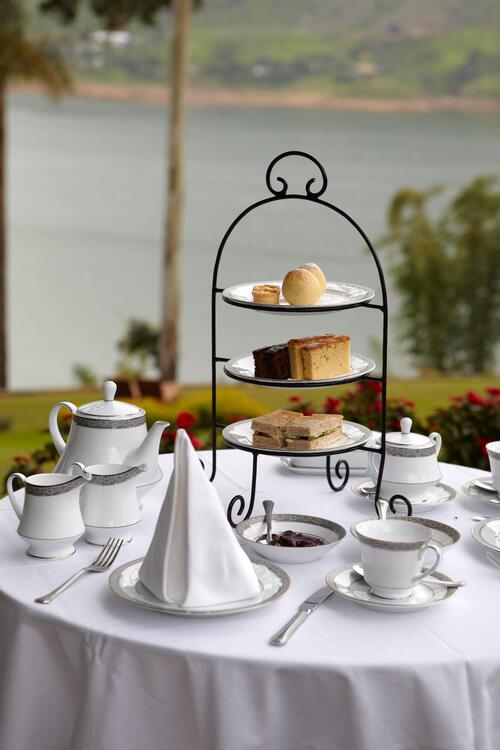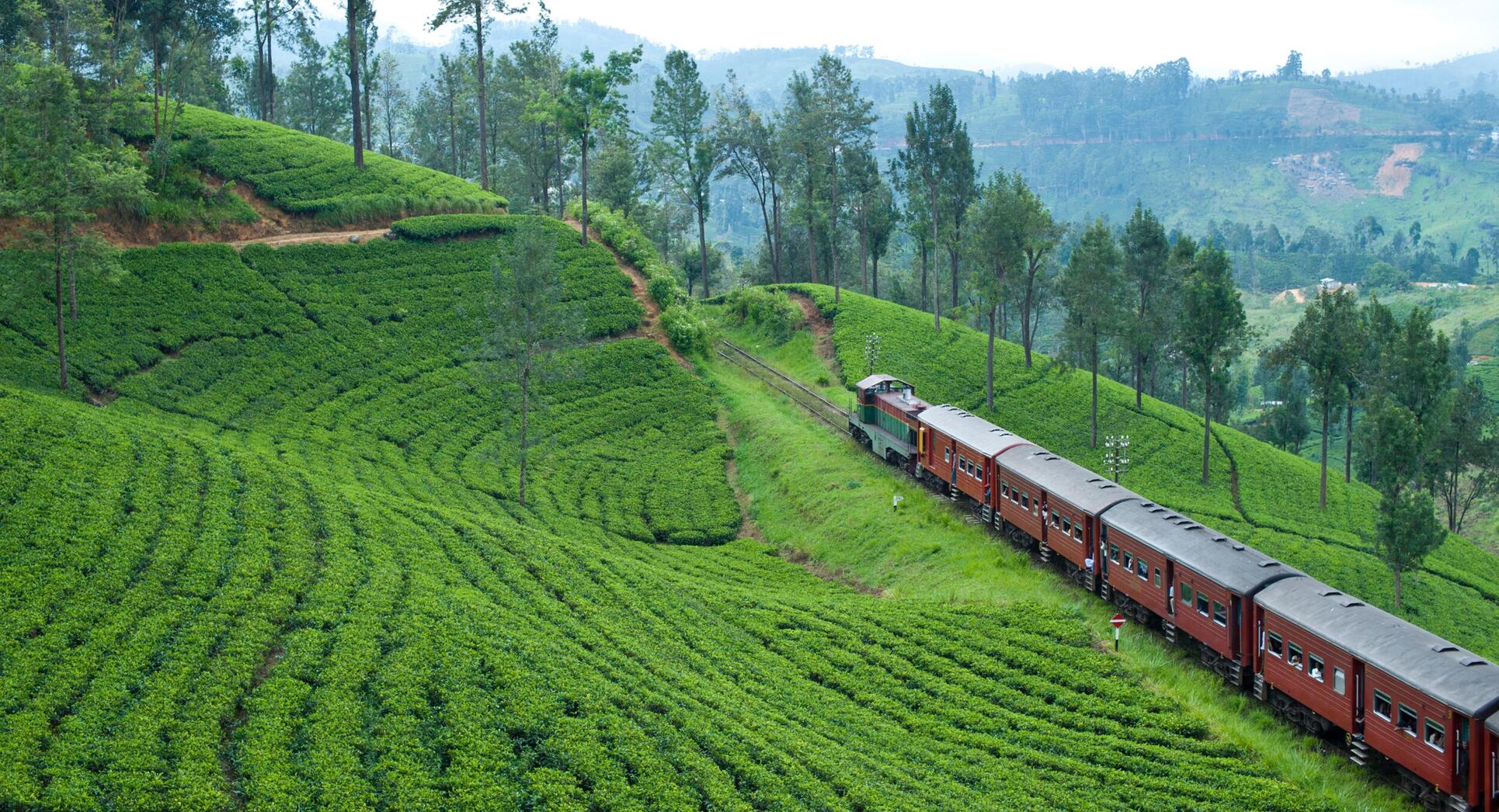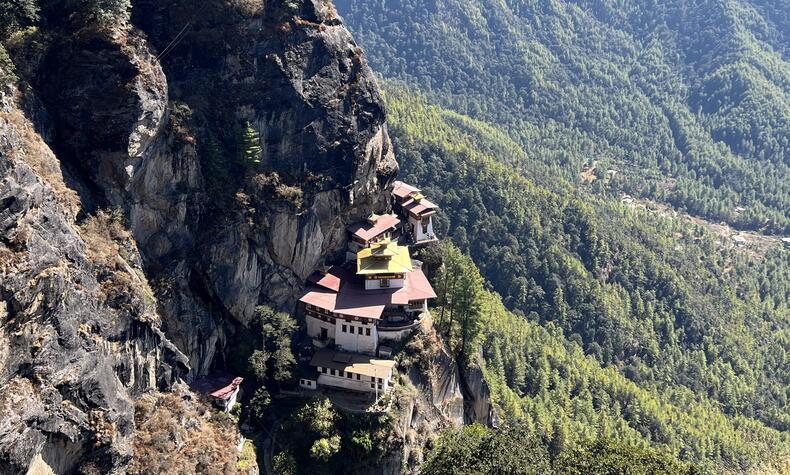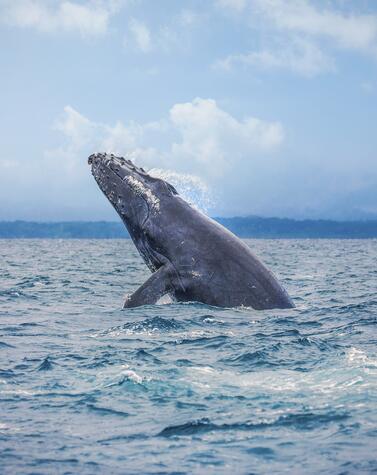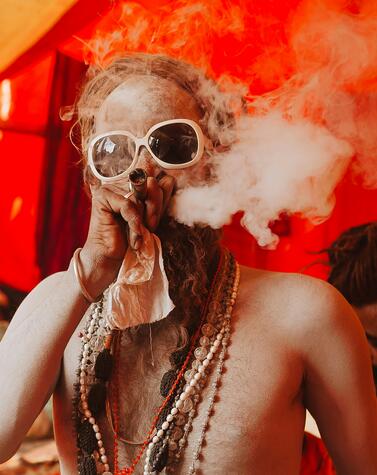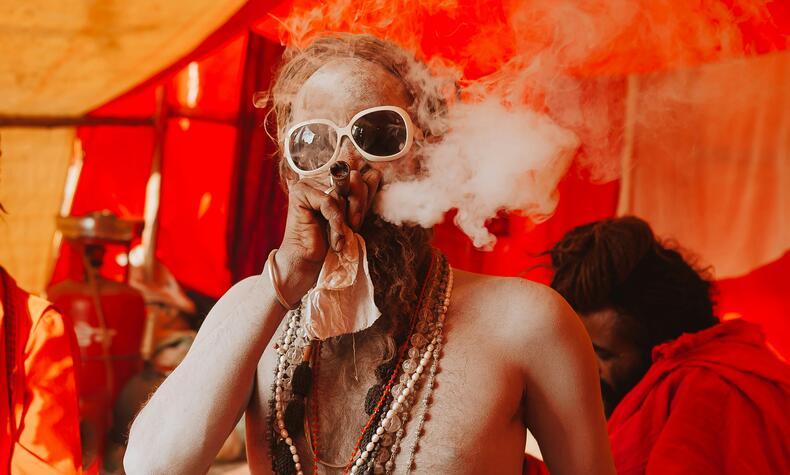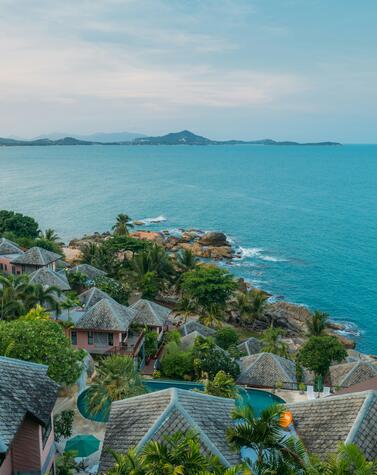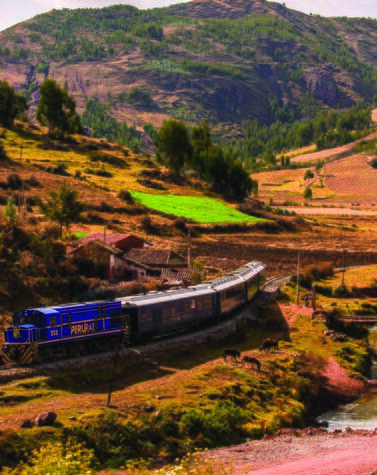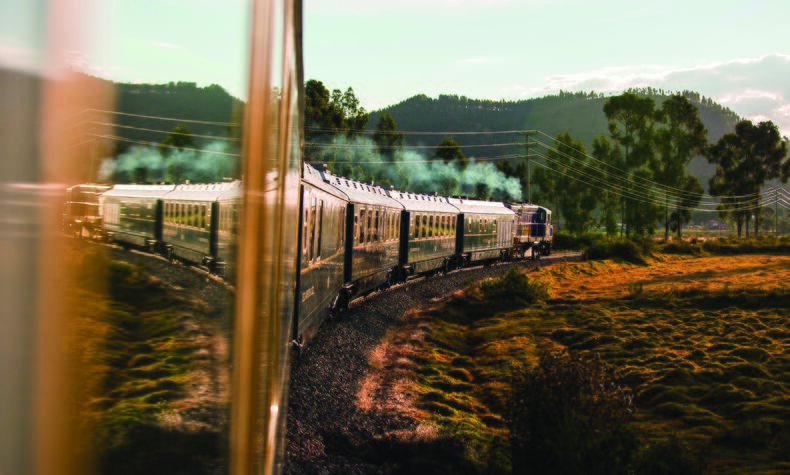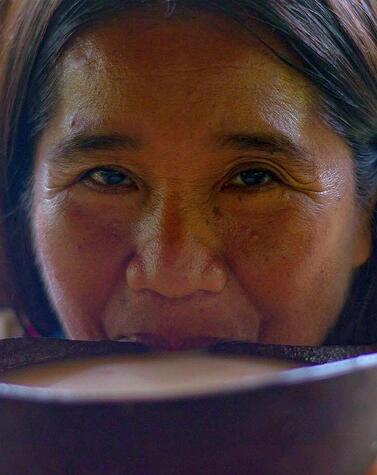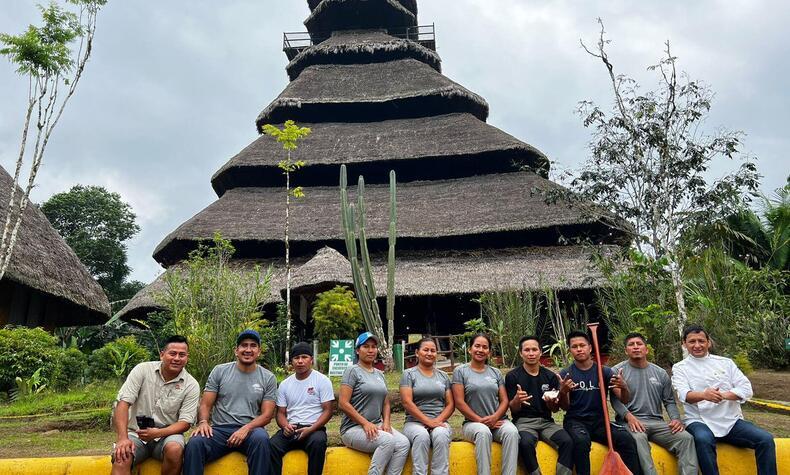The kingdom of tea
In the Dimbula region, at an altitude of more than a thousand meters, the landscape of Sri Lanka is tinted with an intense chromatic range of green from the hills of tea plantations. Among the green, the various colors of the Indian Tamil women stand out, who, in the same way as more than a century ago, pick the buds of each plant with patience and skill, which are then stored in a jute bag slung on their backs.
In this region, near the town of Hatton, tea growing benefits in this area from the southwest monsoon rain and cooler weather between January and March. It is estimated that the tea industry directly and indirectly employs more than one million people in Sri Lanka. Sri Lanka is the world's fourth-largest tea producer after China, India, and Kenya.
But how did tea come to Sri Lanka? At the bustling Kandy station, we first board the "Main Line" train, which will take us to Hatton on an iconic two-hour journey through the hills and tea plantations, which are characteristic of that part of the island. This line was built under British colonialism, between 1864 and 1867, and is, for many, one of the most beautiful scenic trains in Asia.
20 kilometers from Hatton, we visited the plantation and the 140-year-old Dunkeld State Tea Factory, where their director explained to us the history and manufacturing process of this plant.
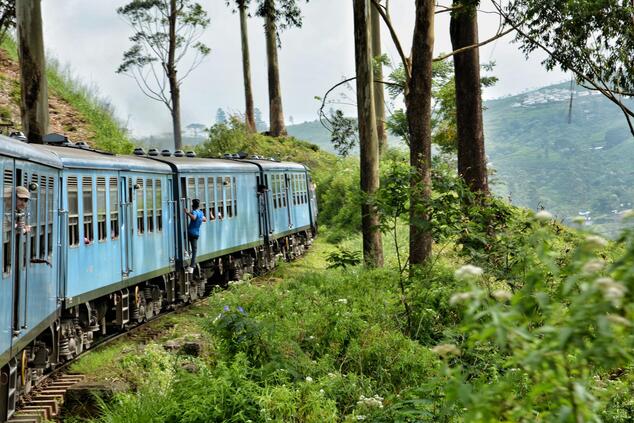
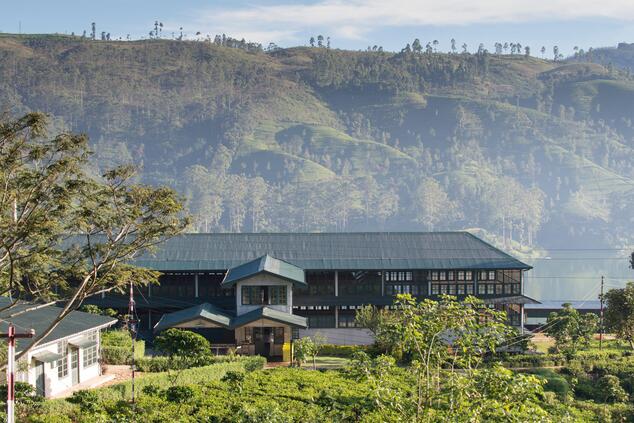
In the early 19th century, Sri Lanka was known for its coffee plantations, but in 1870 a plague wiped out the entire business. It was then that the Scotsman James Taylor planted in an area near Kandy the first tea seed smuggled from China. In 1873, the first shipment of tea from what was then Ceylon, arrived in London, a consignment of about 10 kg.
Tea production increased dramatically in the 1880s and, in 1925, the Tea Research Institute was established in Ceylon to research maximizing yields and production methods. The altitude, humidity, and cool temperatures of that part of the island led to the flourishing of a productive industry that, today, exports more than 350 million kilograms of tea to the world.
A handcrafted process
The tea is harvested by hand by carefully cutting only the top buds of each plant. Since the beginning, the Sinhalese were reluctant to work in the plantations, so Tamils arrived in the country from India who, even today, are the ones who work and live in the plantation.
It is only women who are engaged in the task of picking the tea leaves. They account for between 75% and 85% of the plantation workforce. They usually have to travel 16 kilometers a day through the hills and valleys of the plantations, carrying sacks weighing about 20 kg on their backs in exchange for very low wages.
All types of tea come from the same plant. The difference lies in the fermentation and processing. Thus, white tea is a tea that is not fermented or oxidized or processed, while black tea has a high degree of fermentation.
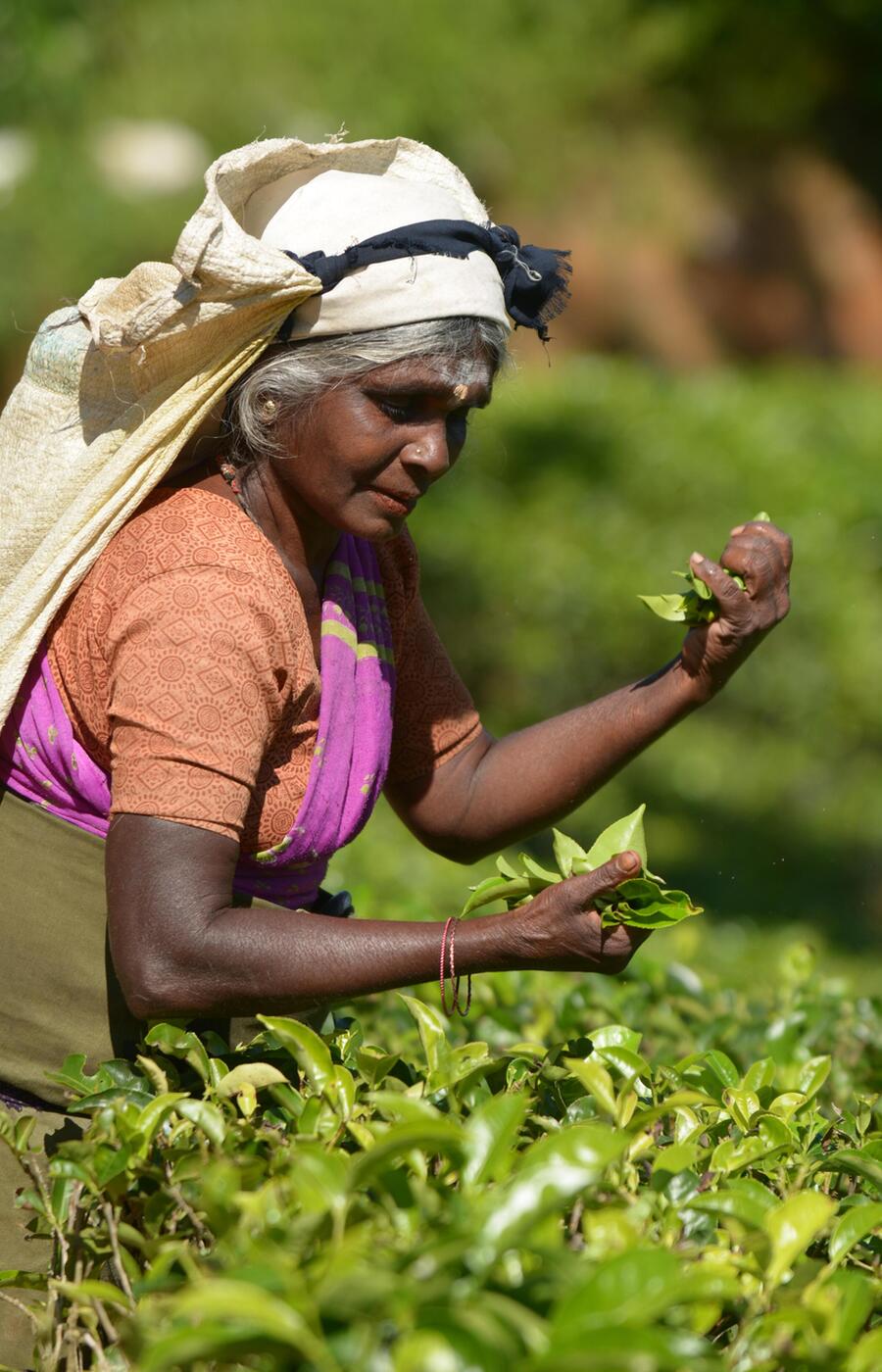
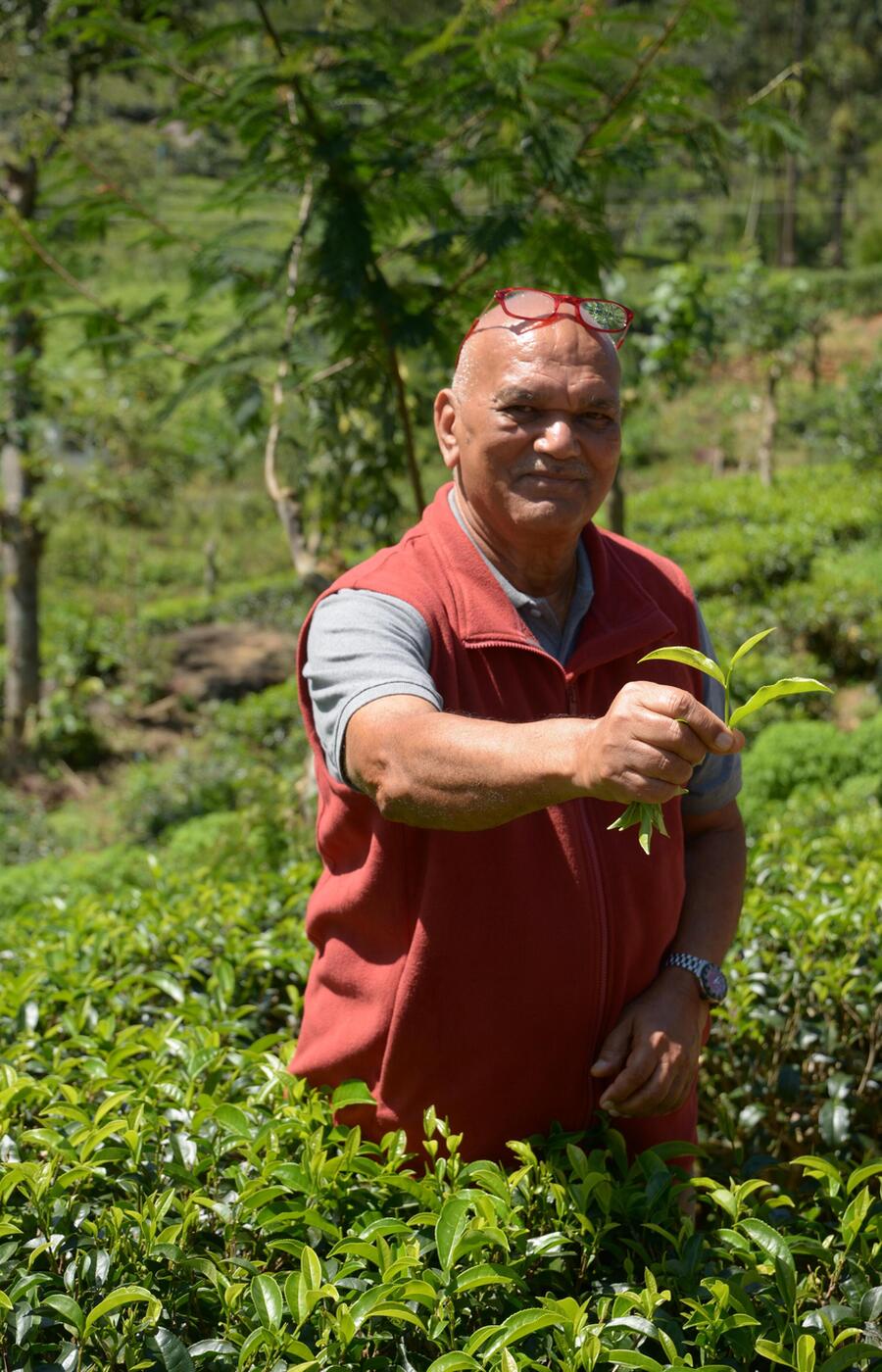
Once harvested, the leaves are dried with hot air for 16 hours to reduce moisture and increase permeability. The leaves pass through a press that crushes them to release the enzymes from the leaves, and by reacting with the oxygen in the air, initiates the fermentation process.
Afterwards, they are placed in a hot air chamber, which is a kind of oven where they are dried at 120 degrees for 20 minutes. It is then that they acquire the characteristic black color.
Now, the only thing remaining is to separate the fibers and impurities to get the pure Ceylon tea that we all know. The price of the tea is set at a weekly auction that takes place in the capital, Colombo.
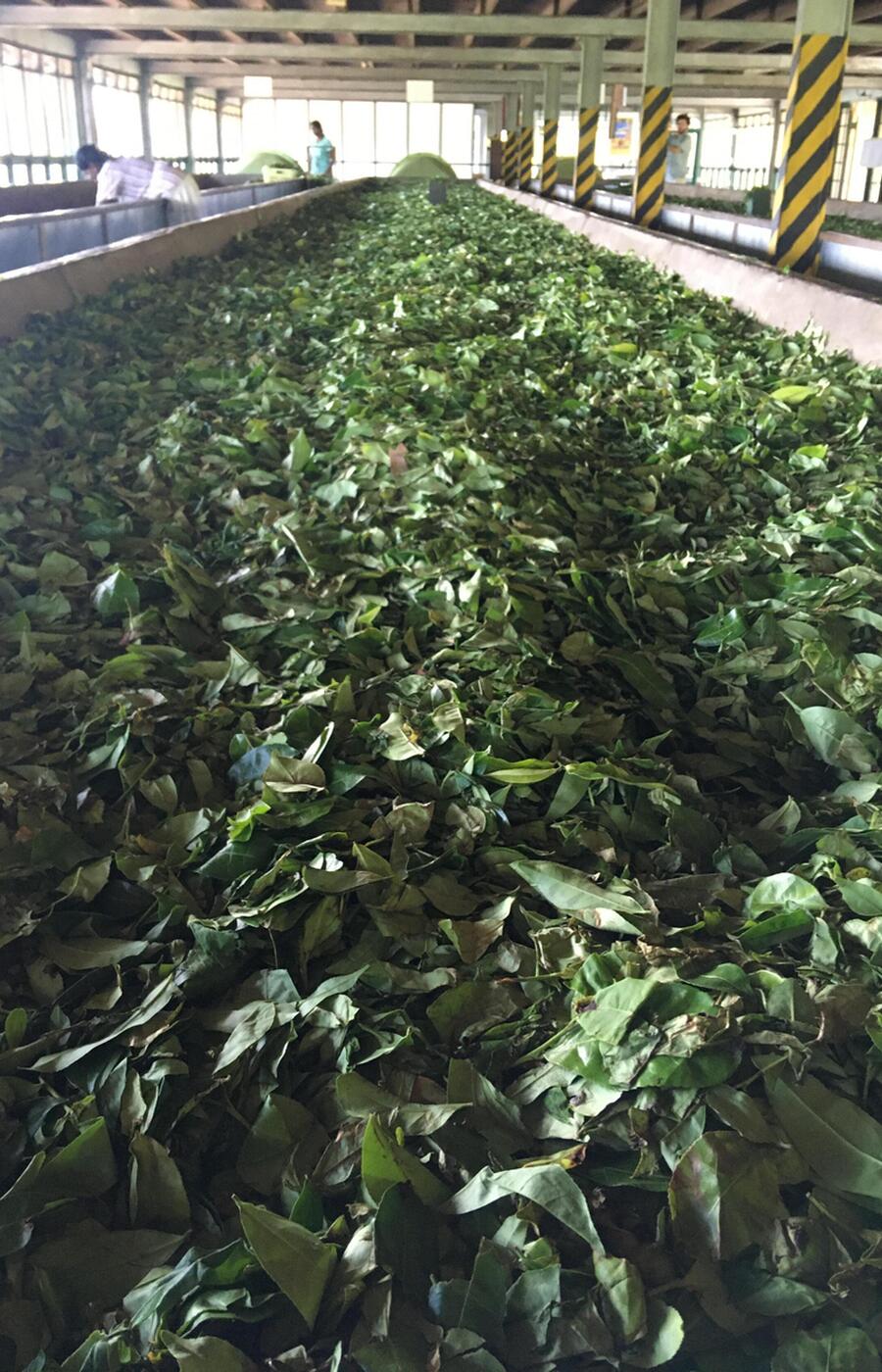
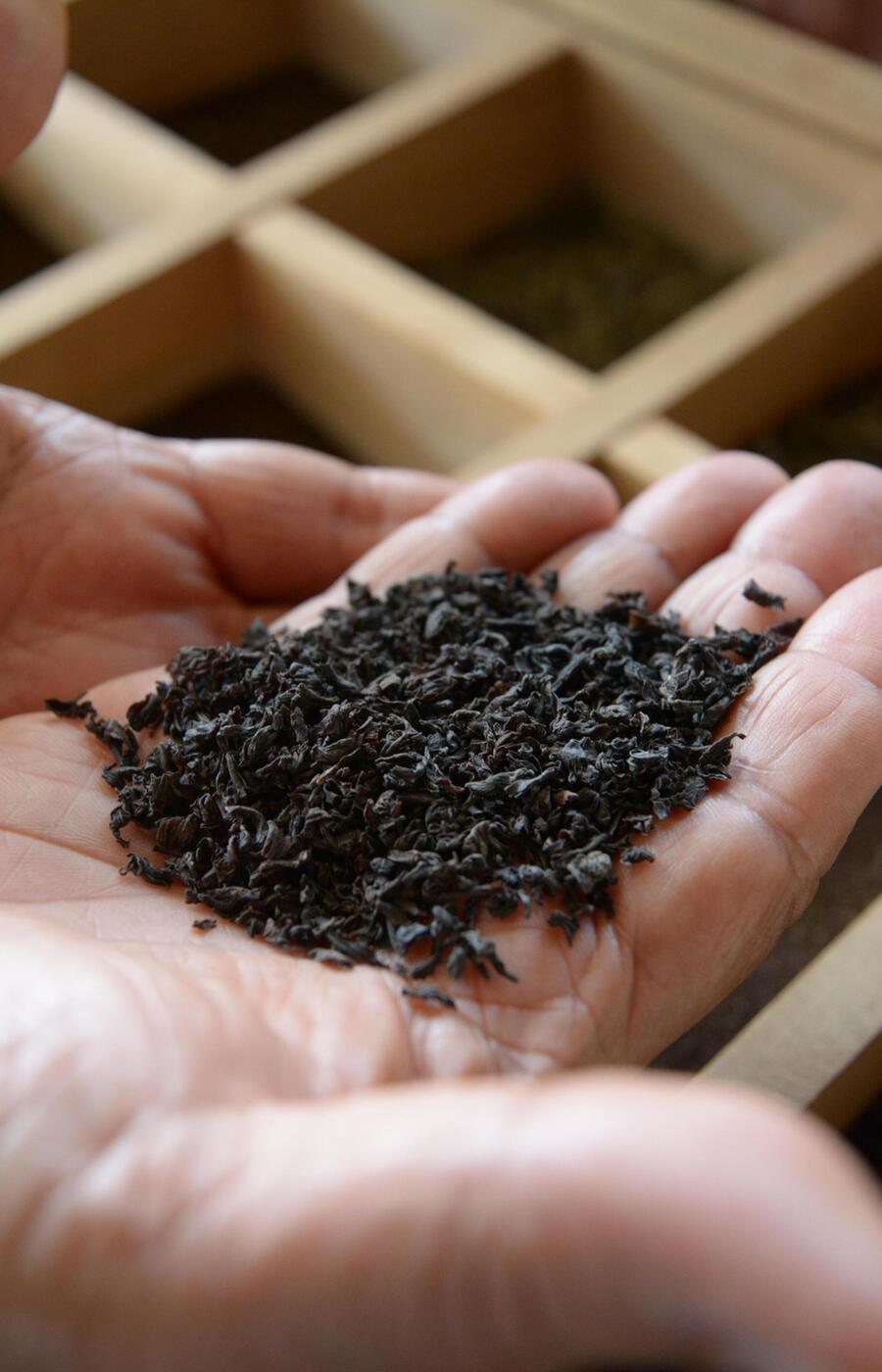
During the 19th century, much of the tea from what was then Ceylon was exported to the United Kingdom. At that time, it was first the Duchess of Bedford and later Queen Victoria who institutionalized the British tradition of "Five o'clock tea" as a social custom among the upper classes in which, at that time, people gathered to enjoy a cup of tea accompanied by a sweet or sandwich.
Today, this tradition is maintained in Sri Lanka, where it is possible to enjoy a "Cream Tea" in front of Castlereagh Lake in one of the exclusive bungalows of Ceylon Tea Trails, the Victorian-style houses that once housed the foremen of the plantations and have now been converted into a luxury boutique hotel.
